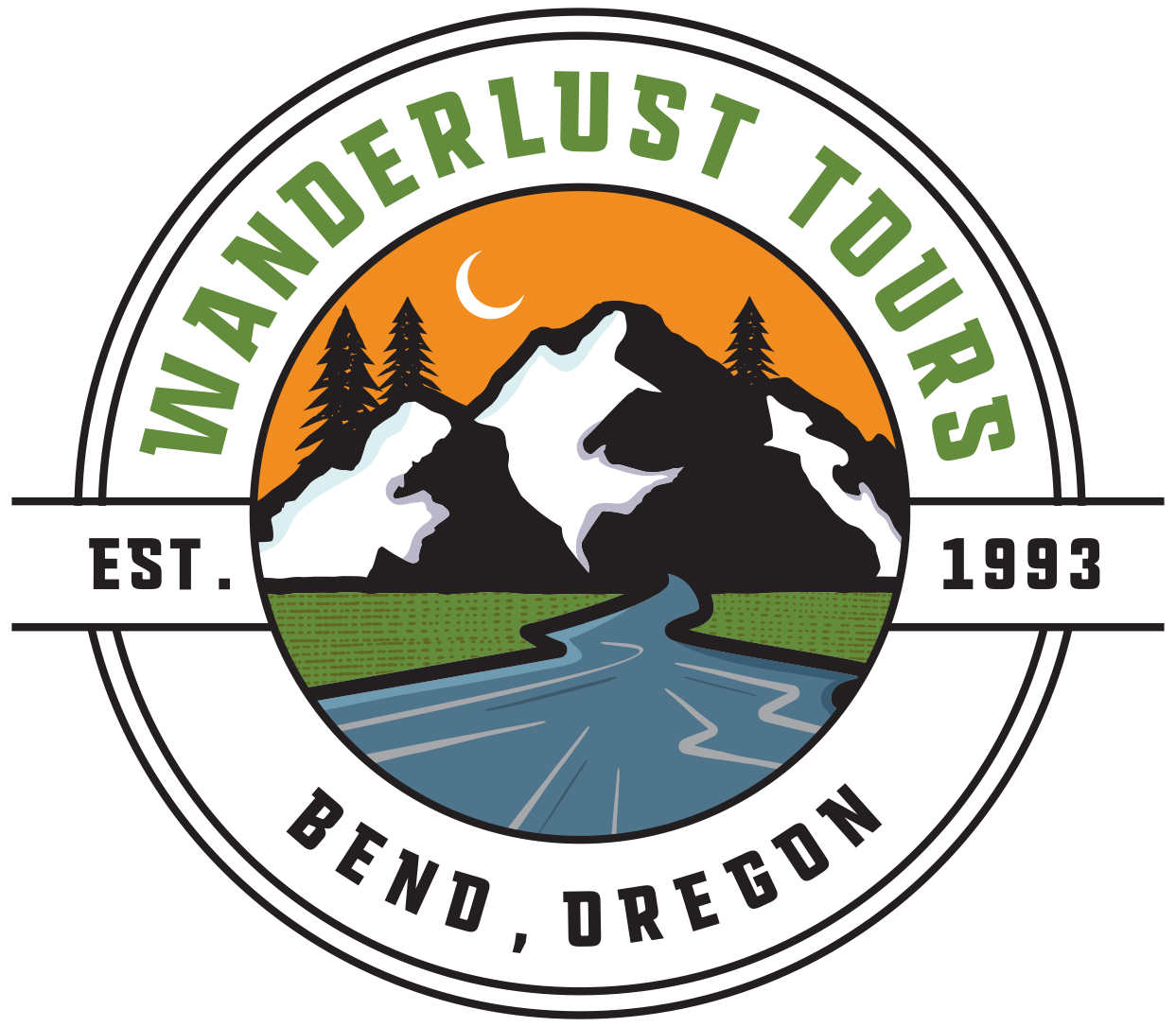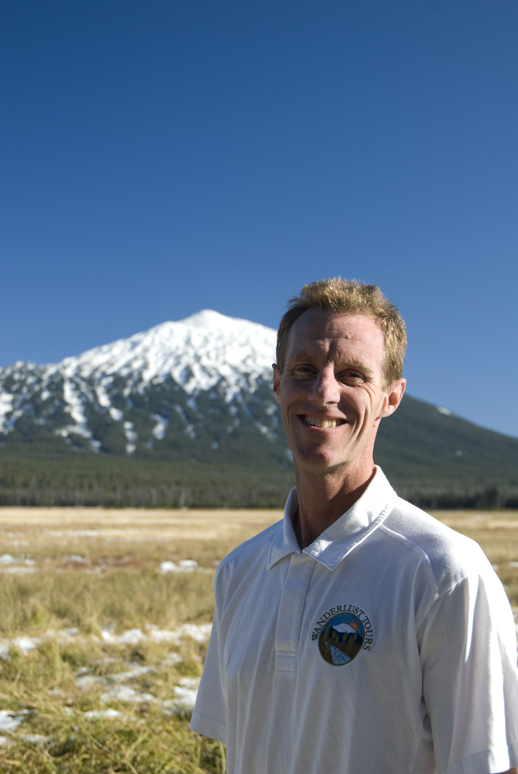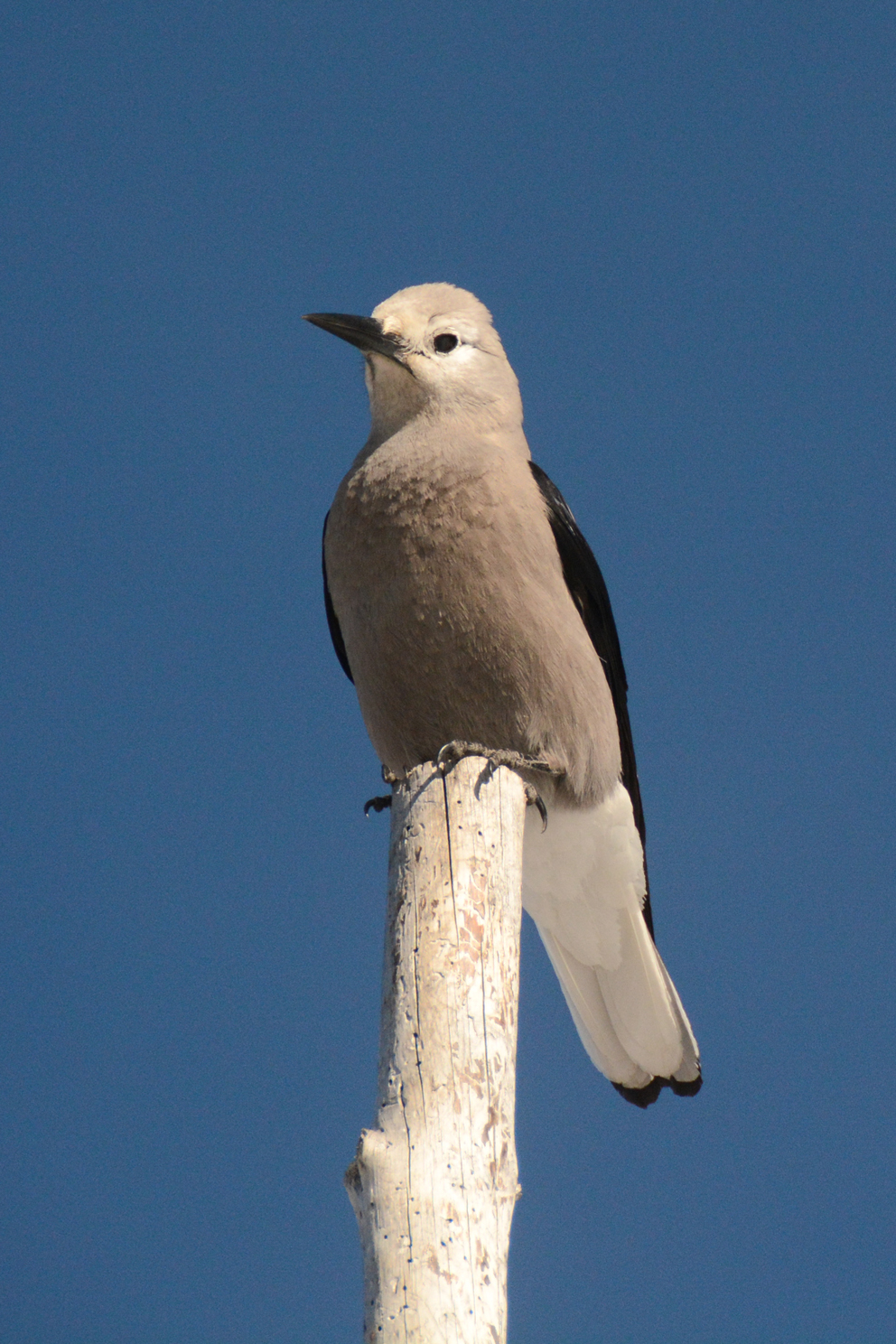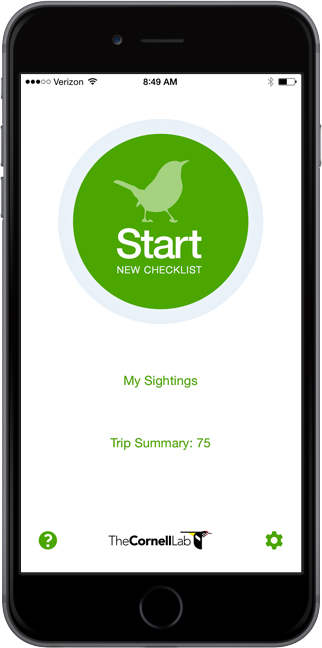We're taking a break from the Central Oregon A-to-Zs to discuss a topic near and dear to our hearts: BIRD WATCHING. Our Naturalist Guides are all pretty nerdy about our local birds, and many of them enjoy venturing out into the wilderness to observe them in their natural habitat.
A Yellow-Headed Blackbird. Photo by Chaney Swiney.
BIRD TALES
Wanderlust Tours founder, Dave Nissen recalls his favorite bird sighting, on the Deschutes River right in the heart of Bend. Right in the middle of the town, he witnessed a Bald Eagle careening down from the sky to strike at a mallard (and, unfortunately for the mallard, it was eaten!).
He recounts another Bald Eagle sighting:
"The eagle was prowling the waters up on one of the Cascade Lakes, where there were about 10,000 coots on the water. After seven overhead passes, the eagle had picked its prey, swooped down, and nabbed one coot while the other 10,000 took off in flight. The sound of flapping wings and feet running on the water surface was incredible."
Wanderlust Tours Founder Dave Nissen
"One of my favorite summer Cascade Lakes activities is watching the Bald Eagles and Osprey fight over fish. The Osprey does the work of poaching a trout out of the lake, then the Bald Eagle comes swooping in to spar with the Osprey. The Osprey, in order to protect itself in-flight, releases the fish, then goes talons-up to battle with the Eagle. Then, the Eagle dives away from the bird in order to catch the fish mid-air and retreats with its prize!"
BIRD SOUNDS
Naturalist Guide Danny Walden has been birding for years, has some tips for beginners:
"It's a common misconception that, to identify a bird, you have to see its colors. That's not true! Bird watching (or "birding") is only partially done by sight, and even then there are a myriad of ways - size, shape, behavior, habitat, range - that positive IDs are made.
I don't even see all of the birds I identify, using their unique songs and calls instead. At the very least, sound tells me where a bird is so I can find it and identify it by sight.
Naturalist Guide Danny Walden
"My favorite sounds are mechanical, that is, not produced with the bird's vocal cords: male snipes, for example, woo females with an eerie winnowing brought to life by their outer flight feathers. Nighthawks occasionally enter a dive and create a boom like a truck roaring by, a sound that at first seems to be the work of an elk or a moose, not of this diminutive flier. Hearing this bird, especially over busy urban areas, always brings a smile to my face."
TIPS ON BIRDING
Danny suggests that you don't try to "get" anywhere. He suggests moving slowly and quietly with alertness, keeping eyes up and ears open.
"If you quietly stand in any natural habitat and take it all in: you'll be surprised at how much is out there! If you want to get a little more advanced: wake up early. Go with someone more knowledgeable than yourself or join a local birding group like The Audubon Society. Learn the sounds; websites like xeno-canto are a great resource. Get good at using your binoculars. Enjoy migrations in spring and fall."
A Clark's Nutracker. Photo by Chaney Swiney.
Birding is an easy way to engage with your natural surroundings, and anyone can do it. Just bring along your passion for birds, and (ideally) some binoculars! If you're looking for a new pair and need some advice, When Outdoors has an excellent reference guide on their blog here-- and be sure to check out their other blog posts for more advice on adventure gear!
The most importantly advice? Stick with it! The payoff is real.
"Learning about birds has enriched my life immensely. Hearing and seeing what few others do makes me feel like I have superpowers. Knowing the bird life of an area helps me connect with that place deeply!" -- Danny
BIRDING RESOURCES
Naturalist Guide Chaney Swiney has some pretty specific favorites when it comes to birds. Chaney's favorites, according to habitat are:
- Sagebrush flats: American Kestrel
- Ponderosa woodlands: Olive-Sided Flycatcher
- Cascade Lakes (two-way tie): Pied-billed Grebe and Sandhill Crane
And the unlikeliest bird he's seen in Central Oregon? The Emperor goose, which is native to coastal Alaska and Siberia, but occasionally strays down the Pacific Coast.
Naturalist Guide Chaney Swiney
To keep track of their birding notes, both Danny and Chaney use eBird.org to log their daily sightings, and to see what others have written.
Chaney, on eBird: eBird is an app (and website) that allows people to create checklists of birds they've seen and thus participate in "the world’s largest biodiversity-related citizen science project." I use eBird on almost every paddling trip I lead, whether on the Deschutes River, or up at one of the Cascade Lakes, contributing to this massive and growing database of bird populations and distribution. Plus, it helps me keep track of species I've seen, automatically generating a life list along with records for each state, county, and hotspot where I've made a list. However, eBird doesn't serve as a field guide, so if you need help on bird identification, download eBird's sibling app, Merlin. Learn the species around you, and once you recognize them by sight or sound, get out there and make your own checklists!








